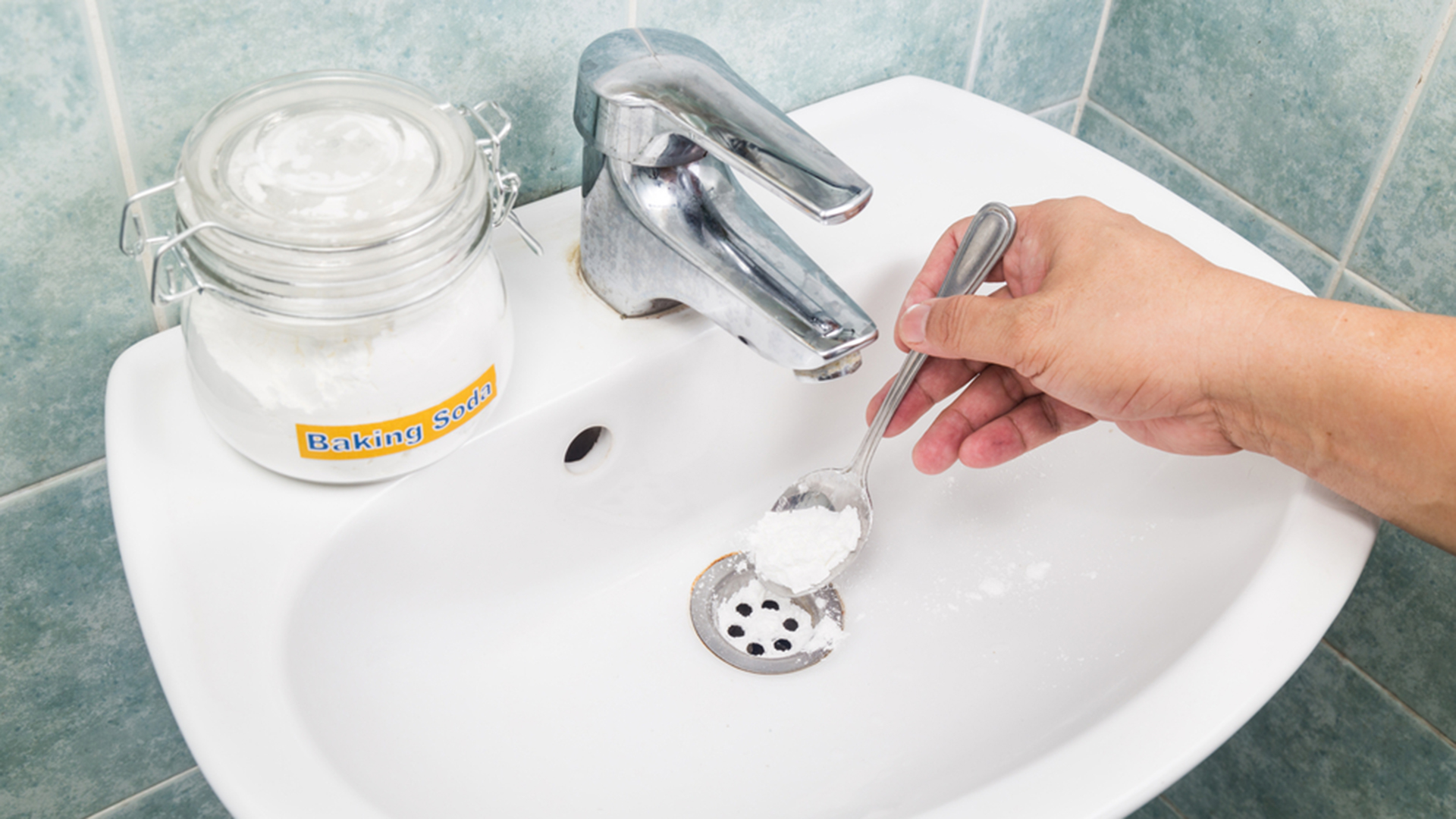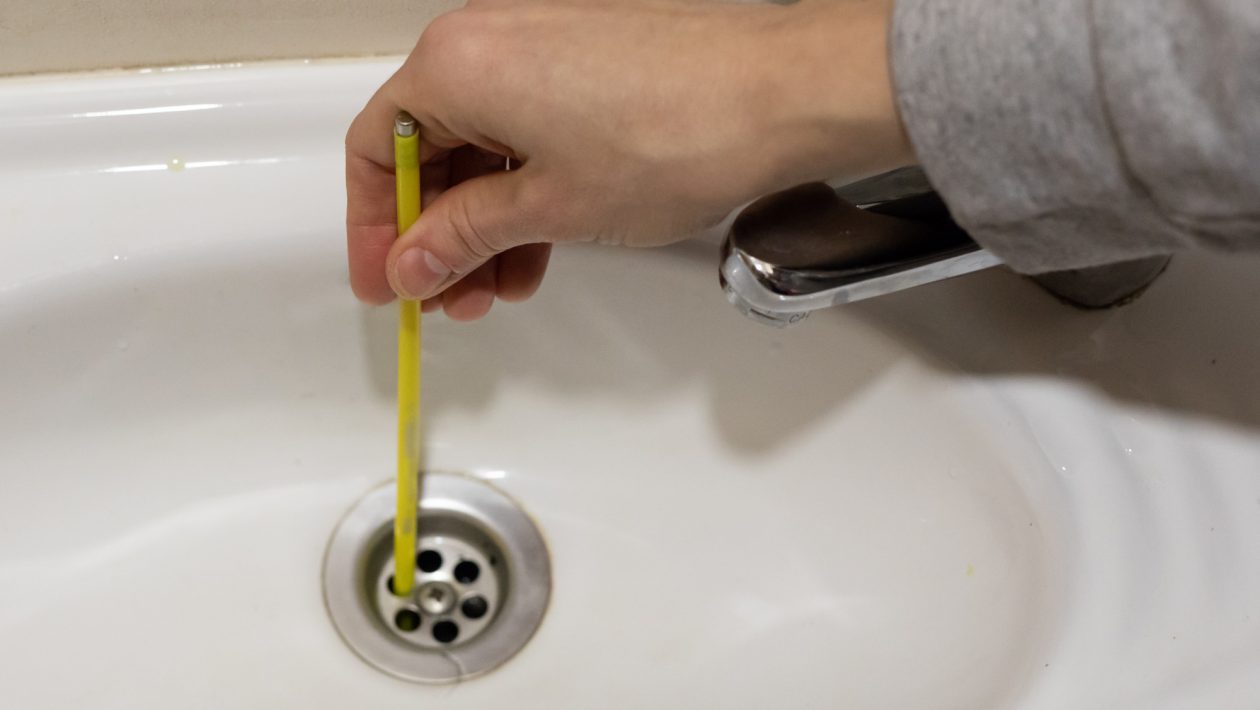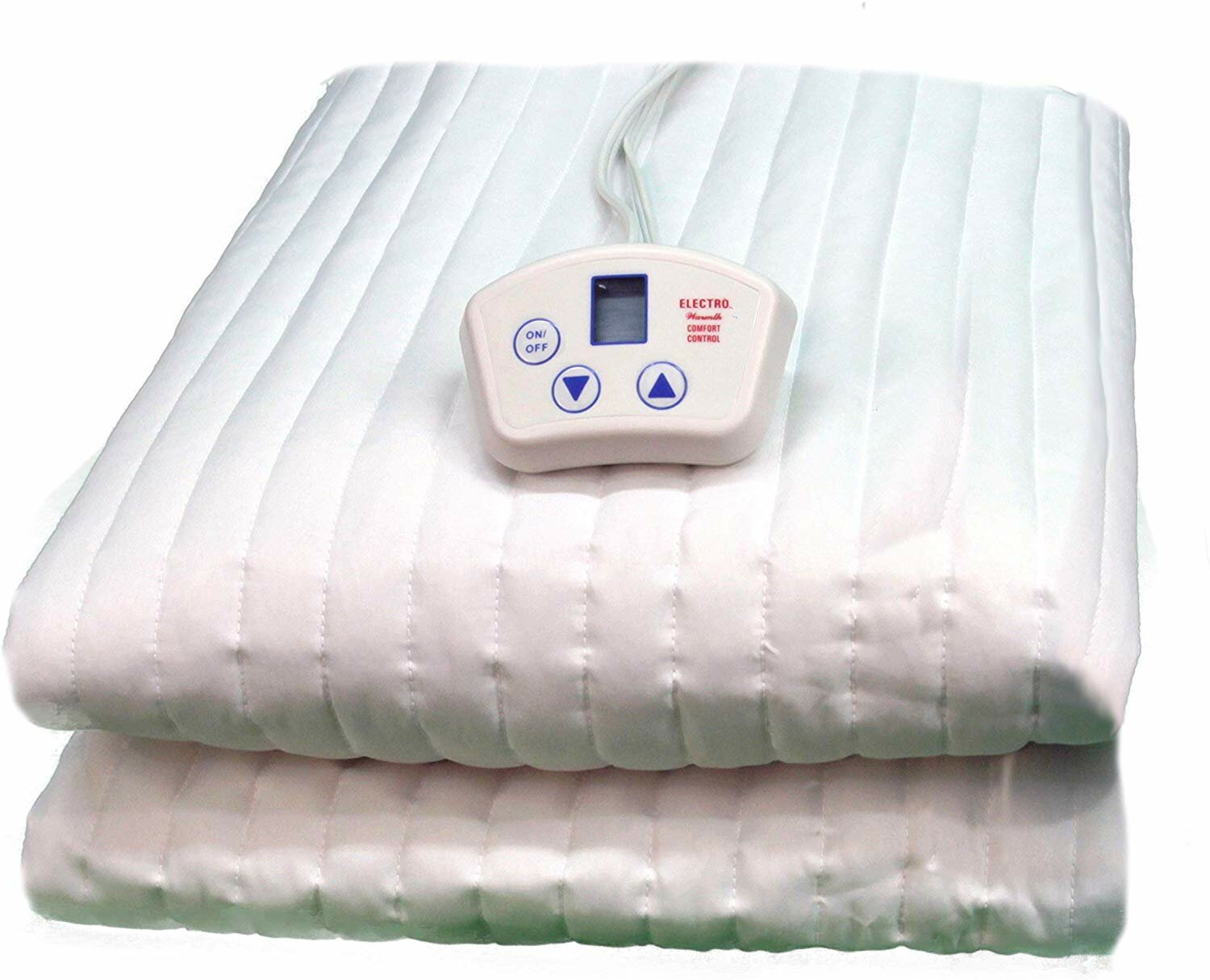If you're dealing with a slow draining bathroom sink, chances are it's due to a buildup of sludge in your drain. This unpleasant and stubborn substance can cause major blockages and even lead to foul odors in your bathroom. But what exactly causes sludge to form in your bathroom sink drain? And more importantly, how can you remove it and prevent it from coming back? In this article, we'll explore 10 possible causes of sludge in your bathroom sink drain and provide effective solutions to help you tackle this pesky problem.Sludge in Bathroom Sink Drain: 10 Possible Causes and Solutions
Before we dive into the possible causes of sludge buildup, let's first discuss how you can effectively remove it from your bathroom sink drain. There are a few methods you can try, depending on the severity of the sludge and the tools you have on hand. If the sludge is relatively minor, you can try using a plunger to dislodge it. Simply place the plunger over the drain and push down and pull up several times. This will create suction and hopefully remove the sludge from the drain. You can also try using a drain snake to physically pull out the sludge, or a mixture of baking soda and vinegar to break it down. For more stubborn sludge, you may need to use a chemical drain cleaner. Be sure to follow the instructions carefully and use caution when handling these products. Another option is to call a professional plumber who has the tools and expertise to effectively remove the sludge from your drain.How to Remove Sludge from Your Bathroom Sink Drain
If you're feeling confident and want to tackle the sludge in your bathroom sink drain on your own, here are 5 simple steps you can follow: Step 1: Remove any visible debris or hair from the drain using a pair of tweezers or a small brush. Step 2: Pour boiling water down the drain to help loosen and break up the sludge. Step 3: Mix equal parts baking soda and vinegar in a cup and pour it down the drain. Let it sit for 10-15 minutes. Step 4: Pour boiling water down the drain again to flush out the mixture and any remaining sludge. Step 5: If the sludge is still present, use a plunger or drain snake to physically remove it. If necessary, try repeating the baking soda and vinegar method.5 Easy Steps to Clear Sludge from Your Bathroom Sink Drain
Now that you know how to remove sludge from your bathroom sink drain, let's explore the possible causes of this annoying buildup and how to fix them: 1. Soap scum and grime: Over time, soap scum and grime from your hands and personal care products can accumulate in your drain and form sludge. This is a common cause of sludge in bathroom sink drains and can be prevented by regularly cleaning your sink and using a drain cover to catch debris. 2. Hard water deposits: If you have hard water, mineral deposits can build up in your drains and contribute to sludge formation. You can prevent this by using a water softener or regularly cleaning your drains with a mixture of vinegar and water. 3. Hair and debris: Hair, toothpaste, and other debris can easily get stuck in your drain and create a blockage that leads to sludge buildup. Using a drain cover and regularly cleaning your sink can help prevent this issue. 4. Lack of ventilation: If your bathroom doesn't have proper ventilation, excess moisture can accumulate and cause mold and mildew growth. This can contribute to sludge formation in your drain. Installing a vent or fan can help prevent this issue. 5. Old pipes: Over time, old pipes can corrode and create a rough surface where sludge can easily cling to. This can cause recurring sludge buildup in your drain and may require professional help to replace the pipes.Why is There Sludge in My Bathroom Sink Drain and How to Fix It
If you prefer to use natural and DIY solutions to remove sludge from your bathroom sink drain, here are a few options: 1. Baking soda and vinegar: As mentioned earlier, mixing equal parts baking soda and vinegar can help break down and remove sludge from your drain. 2. Salt and boiling water: Pour a cup of salt down the drain followed by boiling water. Let it sit for a few minutes before flushing with more boiling water. The salt will help scrub away the sludge. 3. Lemon juice and baking soda: Mix lemon juice and baking soda to create a paste and apply it to the sludge in your drain. Let it sit for 15 minutes before flushing with hot water.DIY Solutions for Removing Sludge from Your Bathroom Sink Drain
Now that you've successfully removed the sludge from your bathroom sink drain, it's important to take steps to prevent it from coming back. Here are a few tips: 1. Use a drain cover: A drain cover can help catch hair and debris before they can enter your drain and contribute to sludge buildup. 2. Regularly clean your sink: Wiping down your sink and using a mixture of vinegar and water to clean your drain can help prevent sludge buildup. 3. Use a water softener: If you have hard water, consider using a water softener to prevent mineral deposits from forming in your drains. 4. Install a vent or fan: As mentioned earlier, proper ventilation can help prevent excess moisture in your bathroom, which can contribute to sludge formation.How to Prevent Sludge Buildup in Your Bathroom Sink Drain
If you prefer to use commercial products to remove sludge from your bathroom sink drain, here are a few options: 1. Chemical drain cleaners: These products can be effective in breaking down and removing sludge, but be sure to follow the instructions carefully and use caution when handling them. 2. Enzyme-based cleaners: Enzyme-based cleaners use natural enzymes to break down organic materials, making them a safer and more eco-friendly option. 3. Drain snakes: A drain snake can physically remove sludge from your drain and is a good tool to have on hand for regular maintenance.The Best Products for Removing Sludge from Your Bathroom Sink Drain
If you're still struggling to remove sludge from your bathroom sink drain, it may be time to call in a professional plumber. Here are a few tips from the experts: 1. Use a high-pressure water jet: Plumbers have access to high-pressure water jet machines that can effectively remove even the toughest sludge buildup. 2. Professional drain cleaning: A plumber can use specialized tools and techniques to thoroughly clean your drain and remove any sludge or debris. 3. Consider replacing old pipes: If your pipes are old and corroded, it may be necessary to replace them to prevent recurring sludge buildup.Professional Tips for Clearing Sludge from Your Bathroom Sink Drain
When it comes to removing sludge from your bathroom sink drain, there are a few common mistakes you should avoid: 1. Using too much force: Avoid using excessive force when trying to remove sludge from your drain, as this can damage your pipes. 2. Pouring grease and oil down the drain: Grease and oil can solidify in your pipes and contribute to sludge buildup. Dispose of these substances properly. 3. Ignoring the problem: If you notice a slow draining sink, don't ignore it. This can lead to bigger and more expensive issues down the road.Common Mistakes to Avoid When Dealing with Sludge in Your Bathroom Sink Drain
If you're unsure whether your bathroom sink drain is clogged with sludge, here are a few signs to look out for: 1. Slow draining: If your sink is draining slower than usual, it's likely due to a buildup of sludge in your drain. 2. Foul odors: Sludge can cause unpleasant odors to emanate from your drain, making your bathroom smell less than fresh. 3. Visible sludge: In some cases, you may be able to see the sludge buildup in your drain. This is a sure sign that it's time to take action.How to Tell if Your Bathroom Sink Drain is Clogged with Sludge and What to Do About It
The Importance of Regular Drain Maintenance for a Clean and Functional Bathroom

Prevent Clogs and Foul Odors with Proper Drain Care
 When it comes to maintaining a clean and functional bathroom, one of the most overlooked areas is the sink drain. Over time,
sludge
can build up in the bathroom sink drain, causing clogs and foul odors. This not only affects the overall cleanliness of your bathroom, but it can also be a major inconvenience.
Sludge
can be made up of a variety of substances, including soap scum, hair, and other debris that gets washed down the drain. If left unchecked, it can harden and become even more difficult to remove.
When it comes to maintaining a clean and functional bathroom, one of the most overlooked areas is the sink drain. Over time,
sludge
can build up in the bathroom sink drain, causing clogs and foul odors. This not only affects the overall cleanliness of your bathroom, but it can also be a major inconvenience.
Sludge
can be made up of a variety of substances, including soap scum, hair, and other debris that gets washed down the drain. If left unchecked, it can harden and become even more difficult to remove.
Regular Cleaning and Maintenance
 The best way to prevent
sludge
from building up in your bathroom sink drain is to regularly clean and maintain it. This means taking the time to remove any visible debris from the drain and using a drain cleaner to dissolve any buildup. It is important to choose a drain cleaner that is safe for your pipes and septic system, as well as effective at removing
sludge
. You can also try using natural remedies, such as baking soda and vinegar, to keep your drain clean and free of
sludge
.
The best way to prevent
sludge
from building up in your bathroom sink drain is to regularly clean and maintain it. This means taking the time to remove any visible debris from the drain and using a drain cleaner to dissolve any buildup. It is important to choose a drain cleaner that is safe for your pipes and septic system, as well as effective at removing
sludge
. You can also try using natural remedies, such as baking soda and vinegar, to keep your drain clean and free of
sludge
.
Professional Help for Stubborn Sludge Buildup
 If you notice that your bathroom sink drain is still clogged or emitting foul odors even after regular cleaning, it may be time to seek professional help. A plumber can use specialized tools and techniques to clear out any stubborn
sludge
buildup and ensure that your drain is functioning properly. They can also provide tips and recommendations for maintaining your drain in the future.
If you notice that your bathroom sink drain is still clogged or emitting foul odors even after regular cleaning, it may be time to seek professional help. A plumber can use specialized tools and techniques to clear out any stubborn
sludge
buildup and ensure that your drain is functioning properly. They can also provide tips and recommendations for maintaining your drain in the future.
Final Thoughts
 Taking the time to regularly clean and maintain your bathroom sink drain may seem like a small task, but it can make a big difference in the overall cleanliness and functionality of your bathroom. By preventing
sludge
buildup, you not only avoid the inconvenience of clogs and odors, but you also extend the lifespan of your plumbing system. So don't overlook your bathroom sink drain in your cleaning routine – it's an important part of keeping your house in top shape.
Taking the time to regularly clean and maintain your bathroom sink drain may seem like a small task, but it can make a big difference in the overall cleanliness and functionality of your bathroom. By preventing
sludge
buildup, you not only avoid the inconvenience of clogs and odors, but you also extend the lifespan of your plumbing system. So don't overlook your bathroom sink drain in your cleaning routine – it's an important part of keeping your house in top shape.

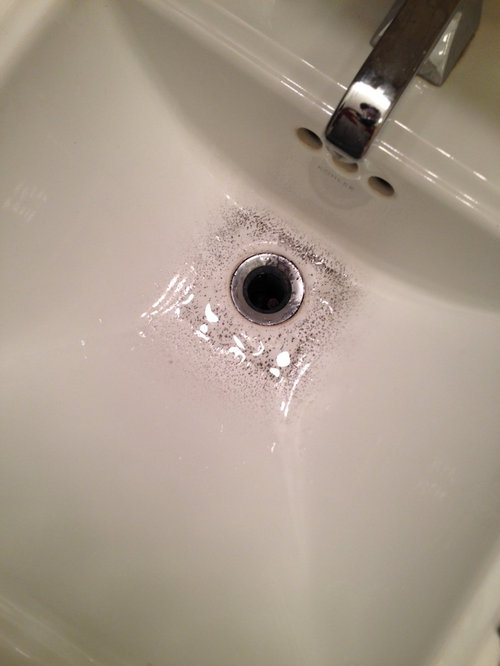









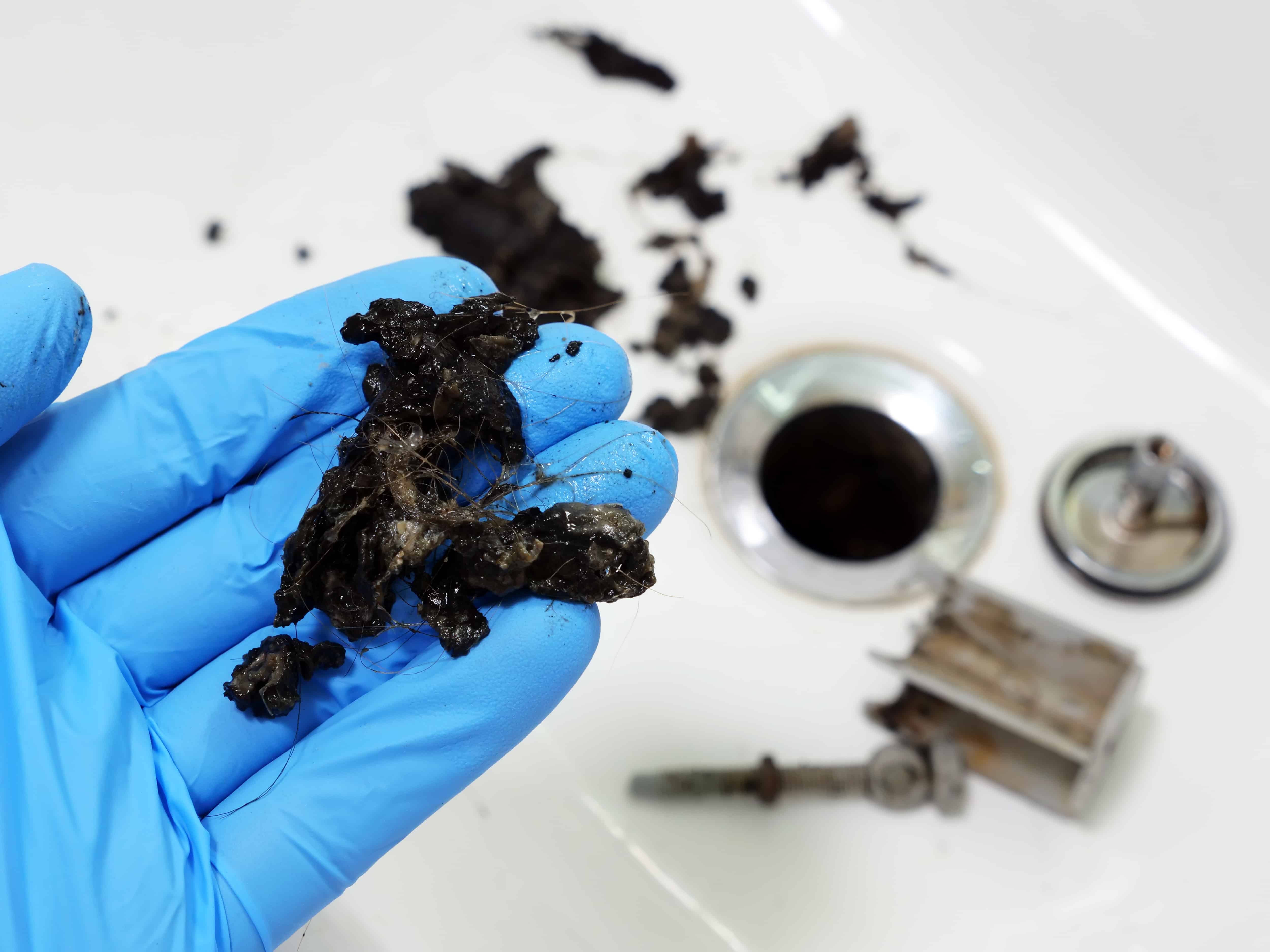
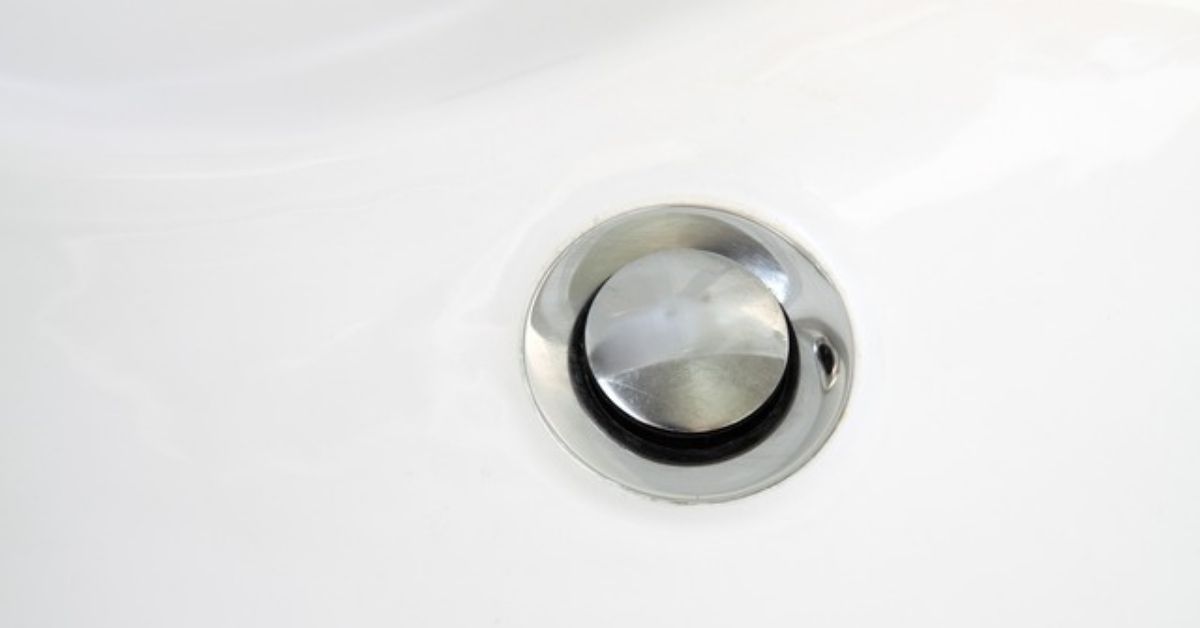






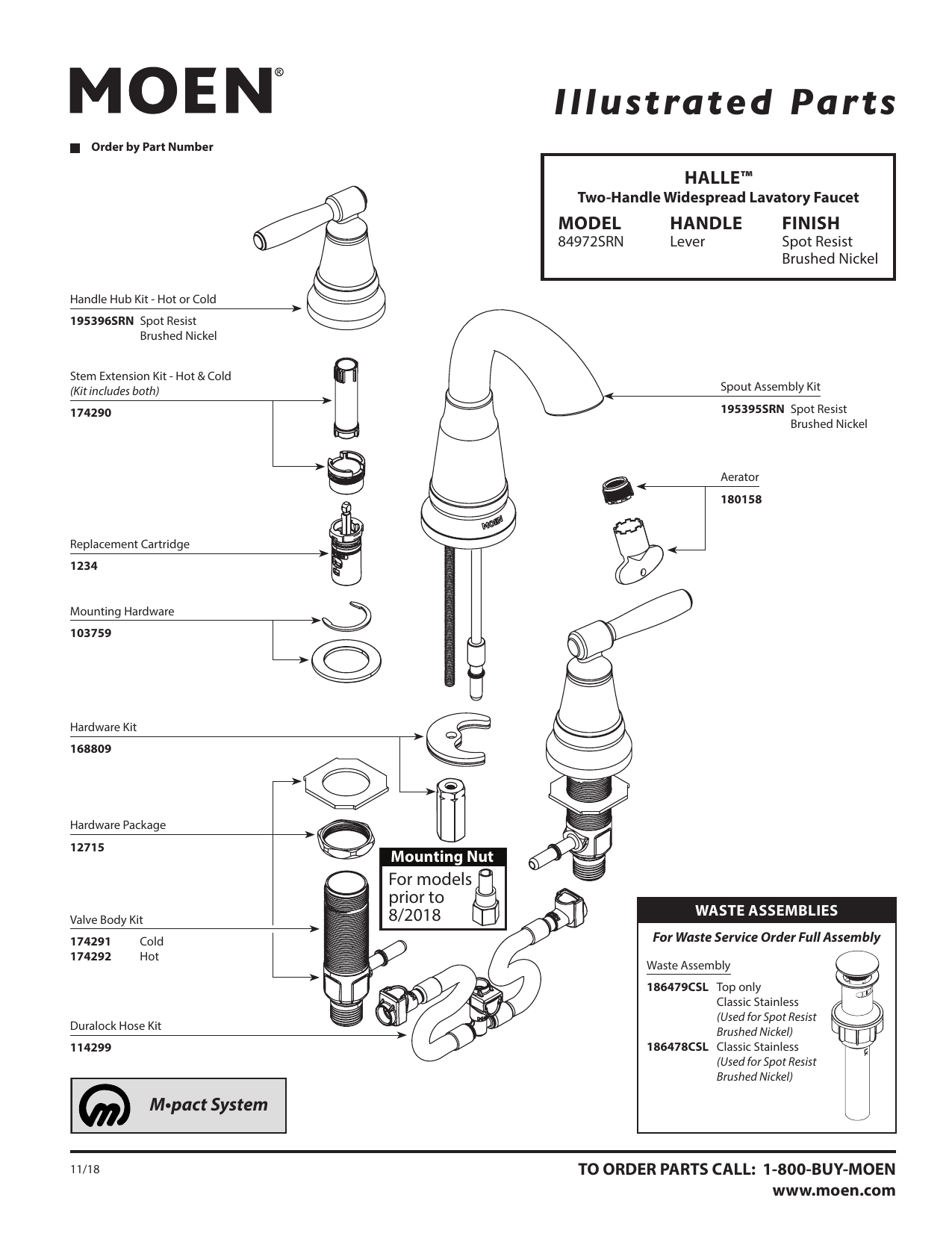







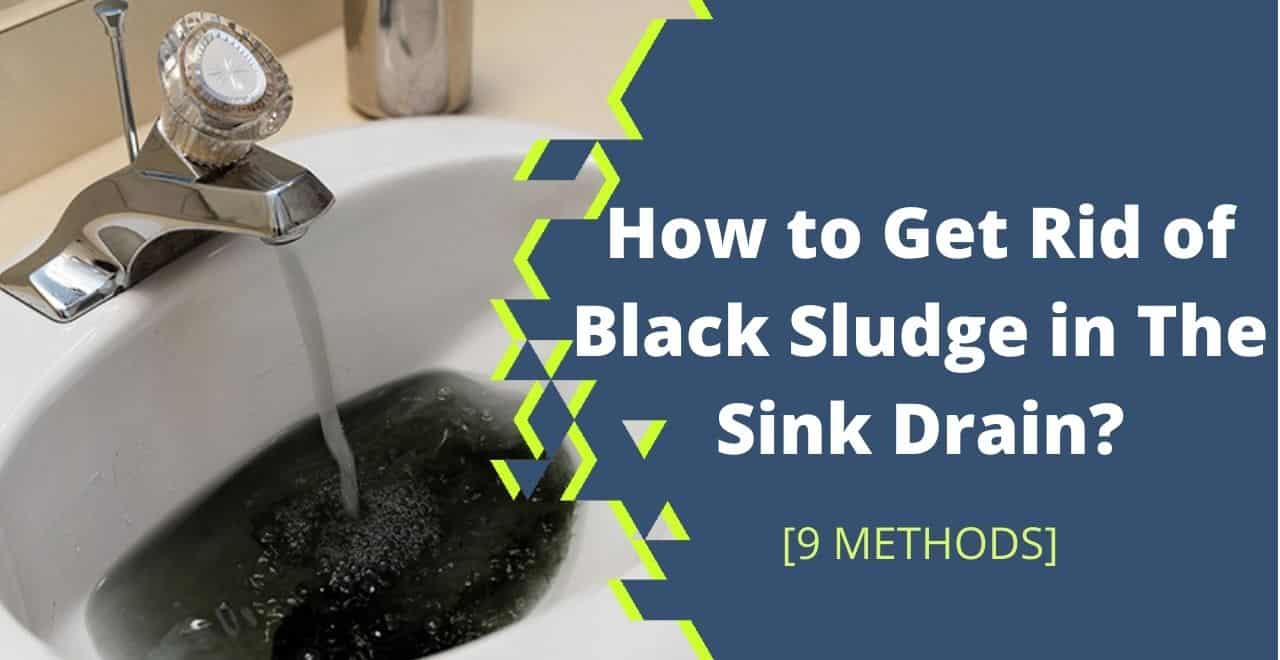


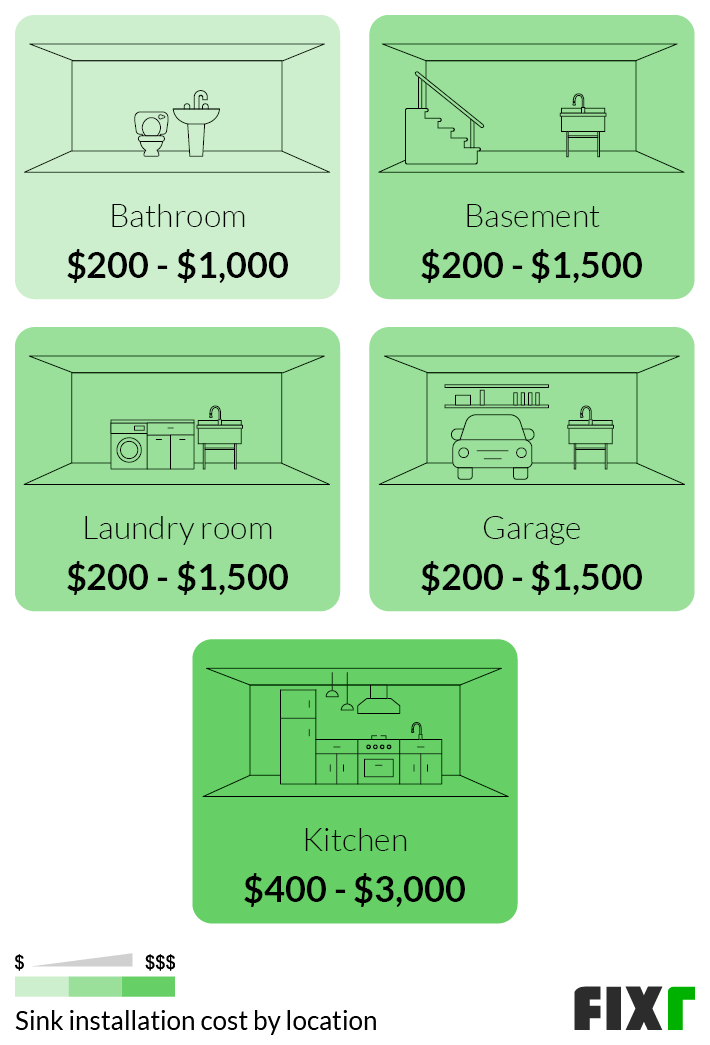








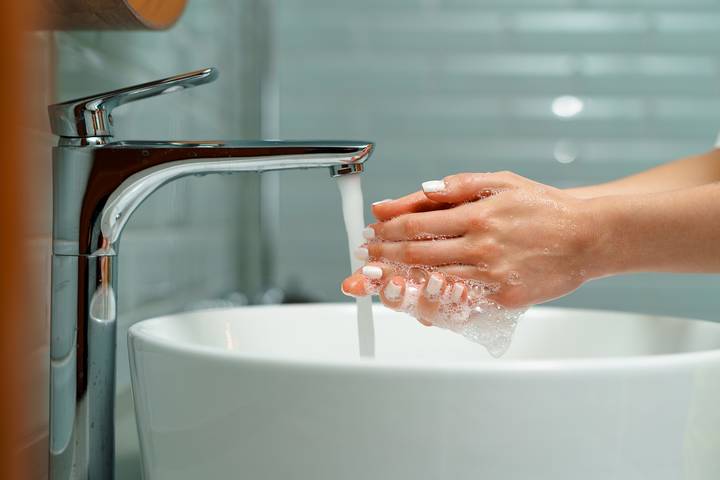








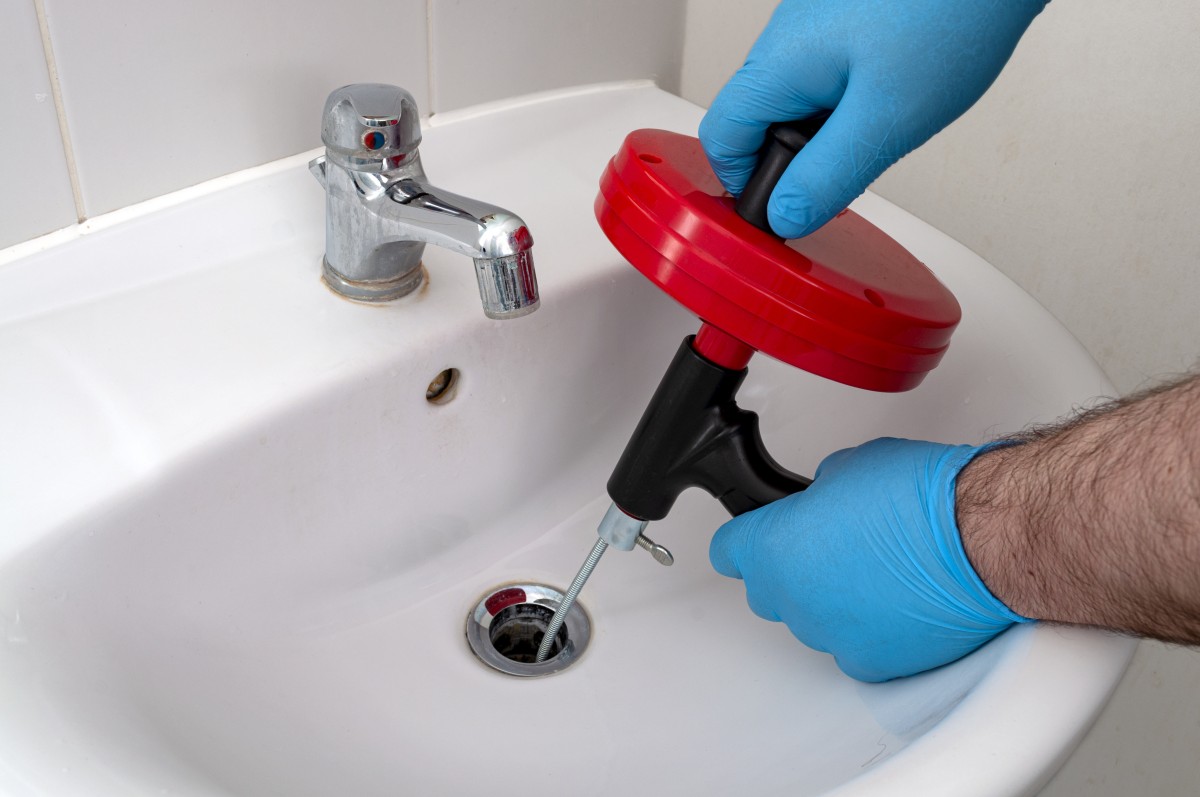


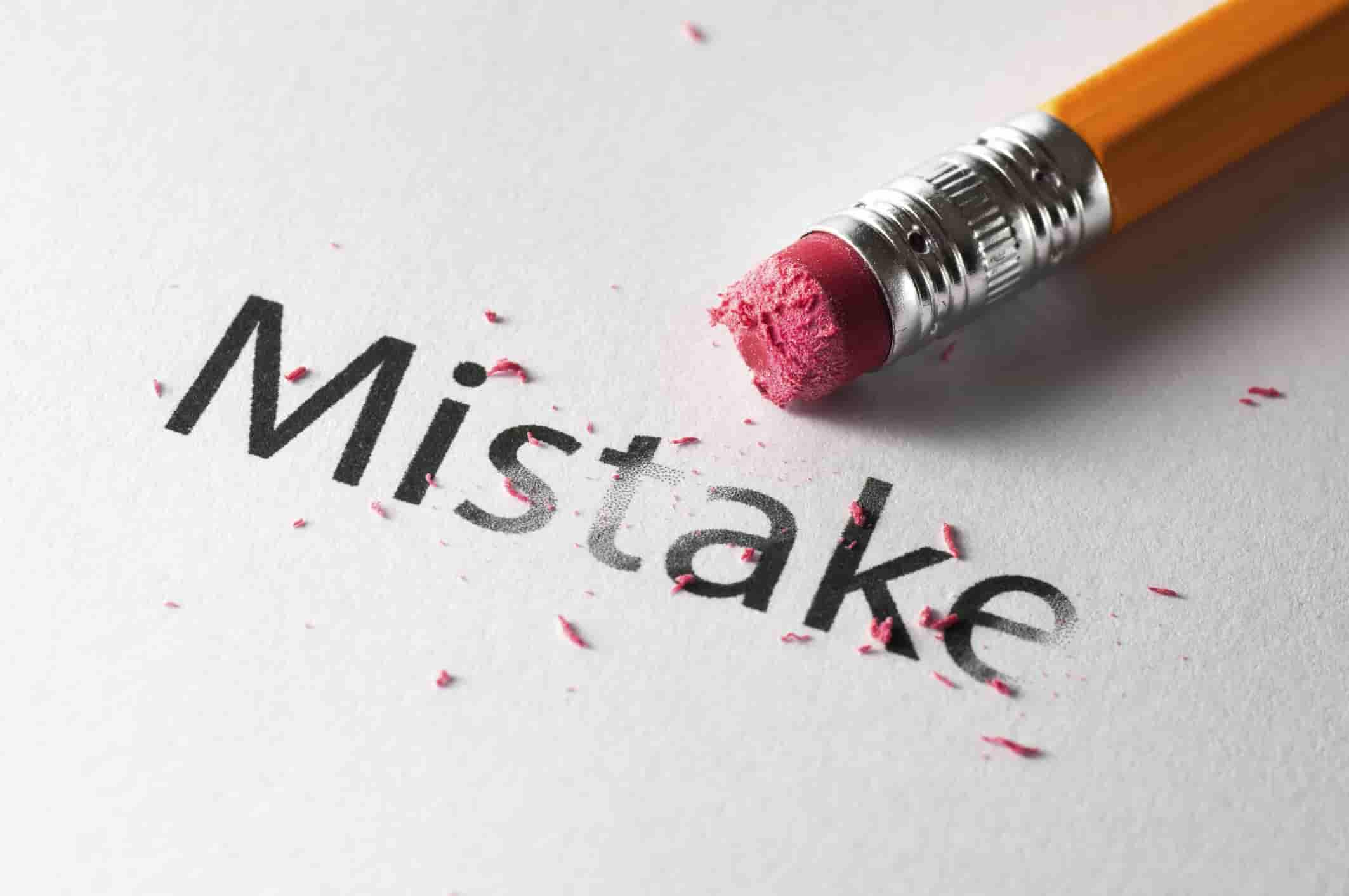




:max_bytes(150000):strip_icc()/freshen-and-unclog-drain-with-baking-soda-1900466-22-bbf940b70afa4d5abef0c54da23b1d3f.jpg)
